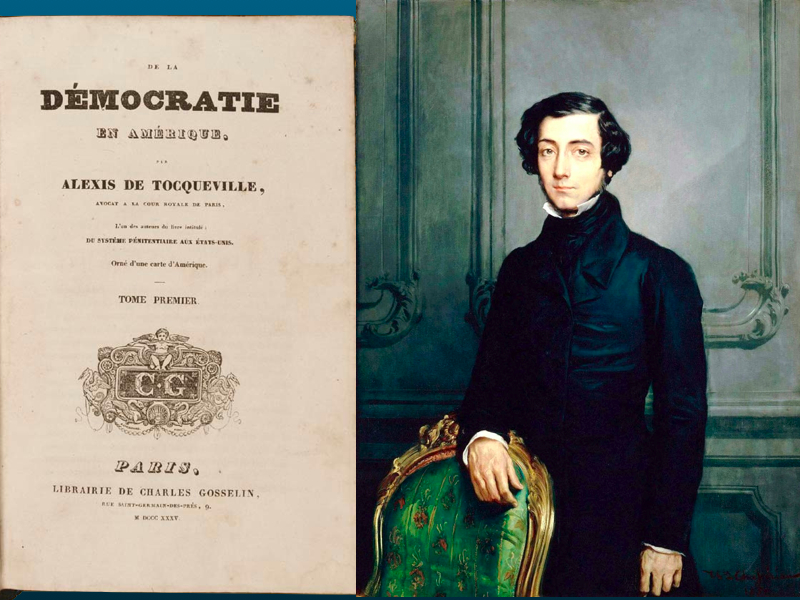These two rather pessimistic articles both brought up points that were scarily relevant to today’s politics. A lot of the signs of a failing democracy, such as increased illiberalism and populism, are certainly manifested in the age of Trump. Not only do polls show an increased lack of respect for democratic institutions, our president actively tries to undermine institutions such as the judiciary court for his own political purposes. There is also a rising distrust in the press, and a lack of value in the freedom of speech and the press. “Fake news” has made certain groups of people willing to compromise their rights in order to obtain what they feel is unbiased information.
However, none of this feels any more historically significant than movements of the past. Populism swept the country in both the 1890s and the 1930s. President Franklin Delano Roosevelt threatened to pack the Supreme Court in order to push his New Deal reforms. During times of poverty and danger, people have always been willing to relinquish their rights in exchange for security. This is not a new phenomenon. Foa’s point that “parliamentary procedures long reserved for extraordinary circumstances… are now used with stunning regularity” seems to me not a sign of failing democracy. Legislation is manipulated in new ways all of the time, in order to suit the desires of the incumbent Congress.
While I feel that the warning signs pointed out by both the articles are worth paying attention to, I do not think they are signs that America is doomed. This conclusion is also somewhat based on a gut feeling, knowing my own attitudes on American democracy and the attitudes of the people around me. I think that all of the trends discussed in the articles are negative and should be countered, but I do not find them to be any more alarming that historical trends of the past.

